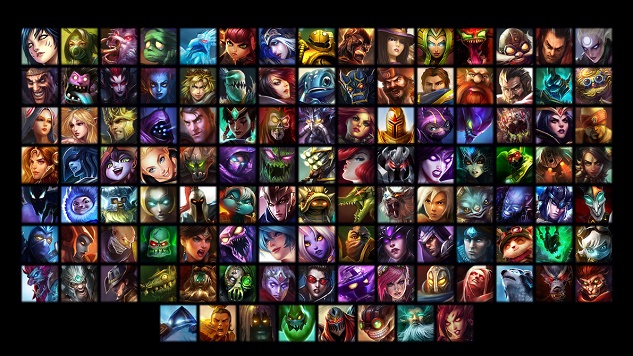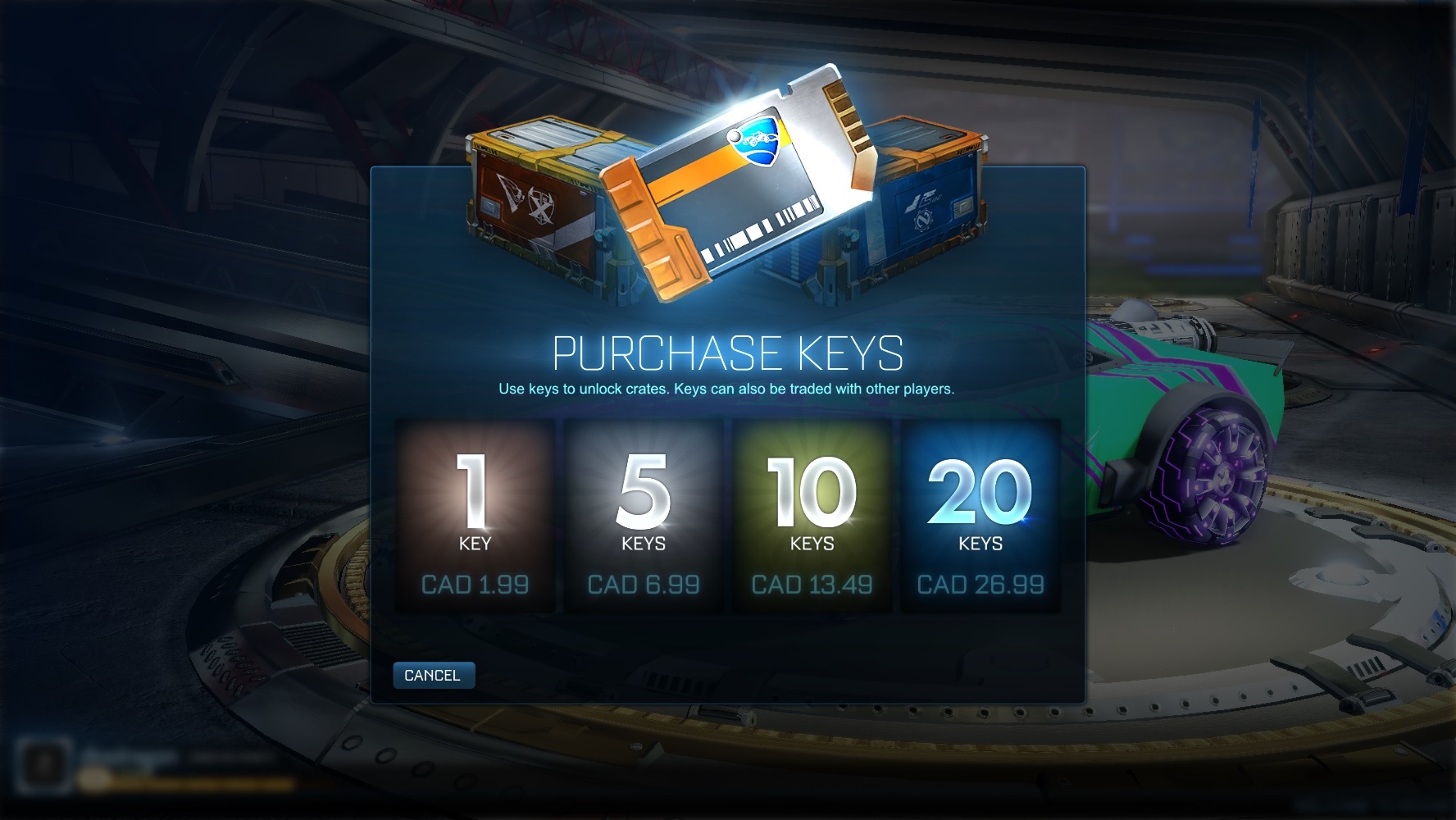Over the past five years, freemium games have become extremely popular. If you haven’t heard the term before, ‘freemium’ is a term used to describe a game that’s free to play, but has perks you can buy with real money. For example, League of Legends doesn’t cost a dime to download, but you can buy skins and champions. Hearthstone is also free to play, but you can purchase card packs. And then you have games like Overwatch, where players can spend real money for cosmetic items. But across the entire industry, we’re starting to see the traditional lines between these different business models blur, and consumers are getting the short end of the stick.
Paymium?
Freemium models have proven to be extremely successful. Many phone games have gone that route, and, of course, League of Legends and DotA 2. In other words, some of the most profitable games of all time went the freemium route.
But what happens when you shell out $40 to buy a game, and suddenly it starts to tell you that you should pay more? Some games get away with this because the things that you buy in game are exclusively cosmetic. Overwatch is a great example. Nothing you get out of a loot crate will change how the game is played. But other games that have important items that are locked behind a paywall, even after you’ve already bought the game. Imagine if you paid $40 to play League of Legends, and it didn’t unlock any of the heroes for you. That’s where games start really going off the rails.
For me, what it comes down to is in-game availability and the necessity of purchasable items.
In-Game Availability
League of Legends has been letting players buy champions for a long time now. You can purchase them with currency you earned through playtime, or, alternatively, with real money. It’s not inherently problematic because without too much effort you can easily buy a few dozen champs.

You’ll have to do a bit of grinding to get all of them, but you can collect a decent amount of champions without pulling out your debit card. The fact that the game doesn’t cost anything makes this a perfect business model for consumers.
An even more extreme example of this is Hearthstone. Almost nothing in Hearthstone requires money. Other than a few alternate character arts, literally everything can be bought with in game gold. In theory, the model is perfect for consumers. You can play a lot and earn the items, or you can drop a few dollars to accelerate the process.
The issues start to emerge when there are in-game items that can only be bought with real money. Cosmetics? Not an issue. But if these items give an in-game advantage, that’s when we start to have major problems.
Rocket League
This entire article was inspired by Rocket League’s recent business model decisions. Over the past year they’ve added loot crates to the game, allowing players to get exclusive cosmetics. And, more recently, new cars. Before I get into why this is bad, it’s important for me to give a brief history of Rocket League.
You May Like
Rocket League is not a free game. It is fairly cheap, however, retailing for $19.99 USD/$22 CAD at full price on the Steam store. Fine, I’ve got no issue with that. During the first two years of its existence, Rocket League had a DLC system, where new cars could be bought for about $3 each.
Right off the bat, this goes against what I believe a pay-to-play game should have. These cars are not just cosmetic. They handle differently. Each car will perform differently, so if you don’t pay real money, you’re missing out on new ways to experience the game. Is it necessary to buy new cars in Rocket League? No, not entirely. But it does give you options, and, in some cases, an advantage over other players. If you break down the stats, the Dominus is the best car in the game, and it can only be bought with real money. You can’t save up in-game currency to buy it or unlock it by grinding towards a certain goal.
Even still, the cars were cheap and the developers were doing a good job – they still are – so I didn’t have a huge issue with buying the cars for a few bucks here and there. Then they added loot crates. The loot crates have to be earned, and once you do they have to be opened. Opening a crate rolls a random item from that style of crate, from a choice of 15 items. Each key costs between $1.35 and $2 CAD, depending on the bundle you buy.

Originally, the loot crates had only cosmetics in them, and, for the most part, I ignored them. I think I bought 5, total. And then they made a change that has me doubting if I’ll ever go back to the game. They added exclusive cars to the new crates. Now, if you want one of the new cars, you have to buy keys and hope that you’re lucky enough to snag one of new car. Suddenly we have a random loot system that costs real money. and gives items that change the way the game is played. You know what that’s called? Gambling. You know where that belongs? Absolutely nowhere near a pay-to-play game. It doesn’t really belong in any game, but in a game where you have to buy in, it’s appalling.
Final Thoughts
I’m just a writer, and these are obviously my own opinions. Some people might be fine with Rocket League’s approach, but gamers have hated mandatory DLC for a long time. When it comes to supporting a small independent developer, I can usually look the other way. But when you’re literally gambling for a chance to get a gameplay advantage in a title you already purchased…That’s another story.
I really hope more developers start taking stronger stances on in-game commodities like loot crates. Either you pay for the game once and can experience everything it has to offer, or you play for free and have the option to buy items. Both models are extremely profitable, but combining them is nothing but greed. Personally, I find it cheapens my playing experience. Studios might make a tiny bit less money in the short term, but treating your customers properly is the best way to keep them happy. It’s probably not going to happen, but hey, I can dream.
















